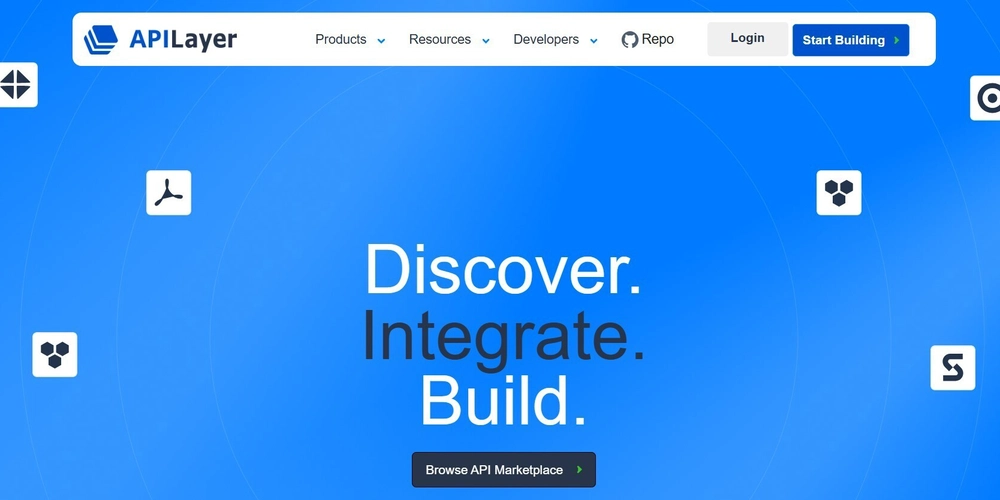Change Data Capture (CDC) in Modern Systems: Pros, Cons, and Alternatives
Change Data Capture (CDC) is a powerful technique used to track and react to data changes in real time. As modern systems lean more heavily into real-time data flows, microservices, and event-driven architectures, CDC has become a key strategy for syncing data across services, feeding analytics pipelines, and enabling responsiveness without overloading source databases. II. What is CDC? CDC refers to the process of identifying and capturing changes (INSERT, UPDATE, DELETE) in a data source, typically a relational database, and propagating those changes to downstream consumers like data lakes, caches, search indexes, or microservices. Types of CDC: Log-based: Taps into database transaction logs (e.g., binlog, WAL). Tools: Debezium, AWS DMS. Trigger-based: Uses SQL triggers to write changes to an audit or events table. Timestamp/version-based: Uses columns like updated_at to query for changes during polling. Example: Debezium listens to PostgreSQL's WAL and emits changes to Kafka topics, which are then consumed by services or streamed to BigQuery. III. Benefits of Using CDC Near real-time updates: Data pipelines become reactive, not batch-driven. Decoupling: Source systems remain focused on core responsibilities. Event-driven support: Downstream systems can respond to events as they happen. Less DB strain: Avoids heavy polling logic. Audit/history capabilities: Replaying and inspecting changes becomes easier. Example: Syncing inventory updates from a MySQL database into Elasticsearch via CDC ensures the search index is always up to date. IV. Drawbacks of CDC Operational complexity: Needs connector management, offset handling, and monitoring. Schema evolution fragility: Renames, drops, and type changes can break consumers. Latency and ordering challenges: Out-of-order or delayed delivery in high throughput systems. Data loss or duplication: Misconfigured offsets or restarts can cause inconsistencies. Security/access: Log-based CDC often needs high-privilege DB access. Performance impact: Trigger-based CDC increases write latency and can introduce locks. Common Pitfalls: Log rotation without connector sync: If your database rotates or purges logs before the CDC connector has consumed them, you may lose change events. For example, MySQL binlogs may expire and be deleted before Debezium catches up. Missing schema registry: If you're sending CDC data (especially via Kafka) without a schema registry, changes like renaming fields or adding new ones can break downstream consumers expecting the old structure. Offset mismanagement: CDC tools track how far they've read through the change log using offsets. If offsets are lost or incorrectly restored after a restart, the system may reprocess changes (duplicates) or skip them entirely. Backpressure issues: In high-throughput systems, if consumers are slow, buffers fill up and connectors fall behind. This can lead to data lag, system crashes, or inconsistent sync. V. Alternatives to CDC 1. Polling Querying tables periodically for changes using timestamps. Pros: Simple, no DB internals required Cons: High latency, risk of missing updates 2. Database Triggers Triggers record changes into separate tables. Pros: Real-time-ish, customizable Cons: Adds DB load, brittle, hard to scale 3. Event Sourcing Application emits domain events instead of just changing the DB. Pros: Full audit, strong consistency Cons: High complexity, requires redesign 4. Dual Writes App writes to DB and queue (e.g., Kafka) at the same time. Pros: Simple to start Cons: Prone to inconsistency, needs idempotency 5. Transactional Outbox Pattern App writes to a DB + outbox table in one transaction, then a relay service reads from outbox. Pros: Reliable, atomic Cons: Extra infra, slight delay VI. Tooling Comparison Approach Tooling Example Infra Complexity Cost Scalability Maturity Log-based CDC Debezium, AWS DMS Medium to High Medium–High High Mature Trigger-based Custom SQL Triggers Low to Medium Low Low Low Polling Custom cron/schedulers Low Low Medium Mature Event Sourcing Kafka, Axon Framework High High High Mature Transactional Outbox Kafka + relay service Medium Medium High Proven Cloud vs Open-source Considerations: AWS DMS and Google Datastream are managed, easy to set up but more expensive. Debezium is free but requires Kafka Connect, Zookeeper, and ops work. VII. When to Use CDC vs Alternatives Use Case Recommended Approach Real-time analytics CDC or polling Microservices sync Outbox or CDC Cache invalidation Dual write or CDC Audit/history logging Event sourcing or CDC Event-driven orchestration Event sourcing Choose based on: Team maturity: Infra, Kafka, observability Data sensitivity: Can you tolerate duplicates/loss? Latency requ

Change Data Capture (CDC) is a powerful technique used to track and react to data changes in real time. As modern systems lean more heavily into real-time data flows, microservices, and event-driven architectures, CDC has become a key strategy for syncing data across services, feeding analytics pipelines, and enabling responsiveness without overloading source databases.
II. What is CDC?
CDC refers to the process of identifying and capturing changes (INSERT, UPDATE, DELETE) in a data source, typically a relational database, and propagating those changes to downstream consumers like data lakes, caches, search indexes, or microservices.
Types of CDC:
- Log-based: Taps into database transaction logs (e.g., binlog, WAL). Tools: Debezium, AWS DMS.
- Trigger-based: Uses SQL triggers to write changes to an audit or events table.
-
Timestamp/version-based: Uses columns like
updated_atto query for changes during polling.
Example: Debezium listens to PostgreSQL's WAL and emits changes to Kafka topics, which are then consumed by services or streamed to BigQuery.
III. Benefits of Using CDC
- Near real-time updates: Data pipelines become reactive, not batch-driven.
- Decoupling: Source systems remain focused on core responsibilities.
- Event-driven support: Downstream systems can respond to events as they happen.
- Less DB strain: Avoids heavy polling logic.
- Audit/history capabilities: Replaying and inspecting changes becomes easier.
Example: Syncing inventory updates from a MySQL database into Elasticsearch via CDC ensures the search index is always up to date.
IV. Drawbacks of CDC
- Operational complexity: Needs connector management, offset handling, and monitoring.
- Schema evolution fragility: Renames, drops, and type changes can break consumers.
- Latency and ordering challenges: Out-of-order or delayed delivery in high throughput systems.
- Data loss or duplication: Misconfigured offsets or restarts can cause inconsistencies.
- Security/access: Log-based CDC often needs high-privilege DB access.
- Performance impact: Trigger-based CDC increases write latency and can introduce locks.
Common Pitfalls:
- Log rotation without connector sync: If your database rotates or purges logs before the CDC connector has consumed them, you may lose change events. For example, MySQL binlogs may expire and be deleted before Debezium catches up.
- Missing schema registry: If you're sending CDC data (especially via Kafka) without a schema registry, changes like renaming fields or adding new ones can break downstream consumers expecting the old structure.
- Offset mismanagement: CDC tools track how far they've read through the change log using offsets. If offsets are lost or incorrectly restored after a restart, the system may reprocess changes (duplicates) or skip them entirely.
- Backpressure issues: In high-throughput systems, if consumers are slow, buffers fill up and connectors fall behind. This can lead to data lag, system crashes, or inconsistent sync.
V. Alternatives to CDC
1. Polling
Querying tables periodically for changes using timestamps.
- Pros: Simple, no DB internals required
- Cons: High latency, risk of missing updates
2. Database Triggers
Triggers record changes into separate tables.
- Pros: Real-time-ish, customizable
- Cons: Adds DB load, brittle, hard to scale
3. Event Sourcing
Application emits domain events instead of just changing the DB.
- Pros: Full audit, strong consistency
- Cons: High complexity, requires redesign
4. Dual Writes
App writes to DB and queue (e.g., Kafka) at the same time.
- Pros: Simple to start
- Cons: Prone to inconsistency, needs idempotency
5. Transactional Outbox Pattern
App writes to a DB + outbox table in one transaction, then a relay service reads from outbox.
- Pros: Reliable, atomic
- Cons: Extra infra, slight delay
VI. Tooling Comparison
| Approach | Tooling Example | Infra Complexity | Cost | Scalability | Maturity |
|---|---|---|---|---|---|
| Log-based CDC | Debezium, AWS DMS | Medium to High | Medium–High | High | Mature |
| Trigger-based | Custom SQL Triggers | Low to Medium | Low | Low | Low |
| Polling | Custom cron/schedulers | Low | Low | Medium | Mature |
| Event Sourcing | Kafka, Axon Framework | High | High | High | Mature |
| Transactional Outbox | Kafka + relay service | Medium | Medium | High | Proven |
Cloud vs Open-source Considerations:
- AWS DMS and Google Datastream are managed, easy to set up but more expensive.
- Debezium is free but requires Kafka Connect, Zookeeper, and ops work.
VII. When to Use CDC vs Alternatives
| Use Case | Recommended Approach |
|---|---|
| Real-time analytics | CDC or polling |
| Microservices sync | Outbox or CDC |
| Cache invalidation | Dual write or CDC |
| Audit/history logging | Event sourcing or CDC |
| Event-driven orchestration | Event sourcing |
Choose based on:
- Team maturity: Infra, Kafka, observability
- Data sensitivity: Can you tolerate duplicates/loss?
- Latency requirements: ms vs seconds vs batch
- Complexity budget: Is the benefit worth the effort?
Data Consistency and Integrity Considerations
Yes, your choice of strategy has a direct impact on data consistency and integrity:
- Dual writes without transactional guarantees can lead to mismatched states between your DB and event consumers if one write succeeds but the other fails.
- Polling risks missing changes if rows are updated multiple times between intervals.
- Trigger-based CDC may lose events if triggers fail silently or if permissions/configurations change.
- CDC with proper offset tracking and delivery guarantees (like exactly-once semantics in Kafka) offers higher consistency but demands stronger infrastructure.
- Transactional Outbox ensures atomicity between the DB change and the emitted event, making it one of the most reliable methods when done correctly.
Always evaluate the failure modes of your strategy—what happens when a component crashes, restarts, or loses network—and choose tools that give you the right trade-offs between consistency, complexity, and performance.
VIII. Conclusion
CDC is a powerful pattern to enable reactive and event-driven systems with minimal impact on source DBs. However, it's not a one-size-fits-all solution. Consider operational complexity, data criticality, and your system's maturity before choosing it over simpler polling or more robust outbox/event sourcing models. Thoughtful architecture always beats chasing trends.


























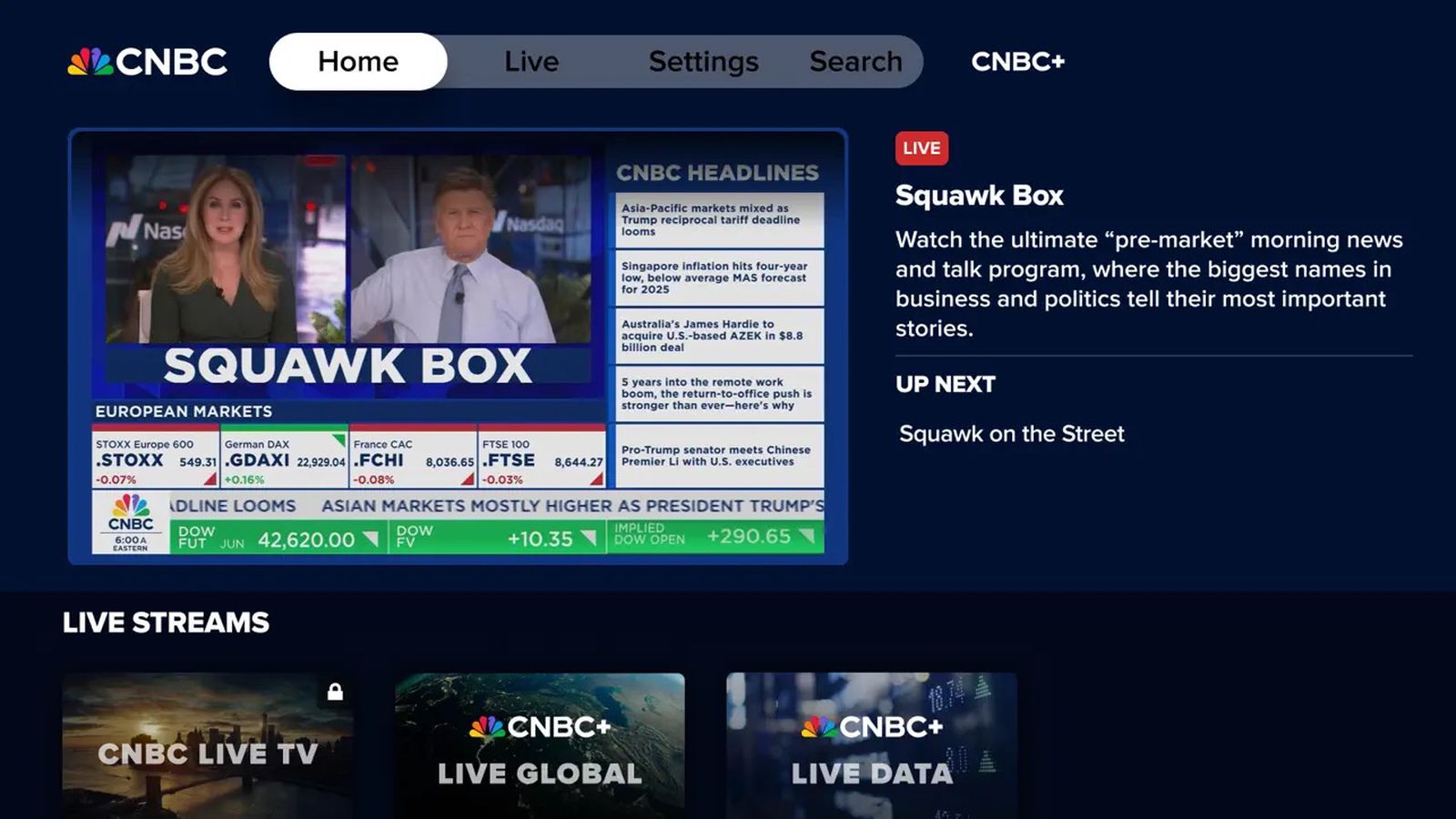
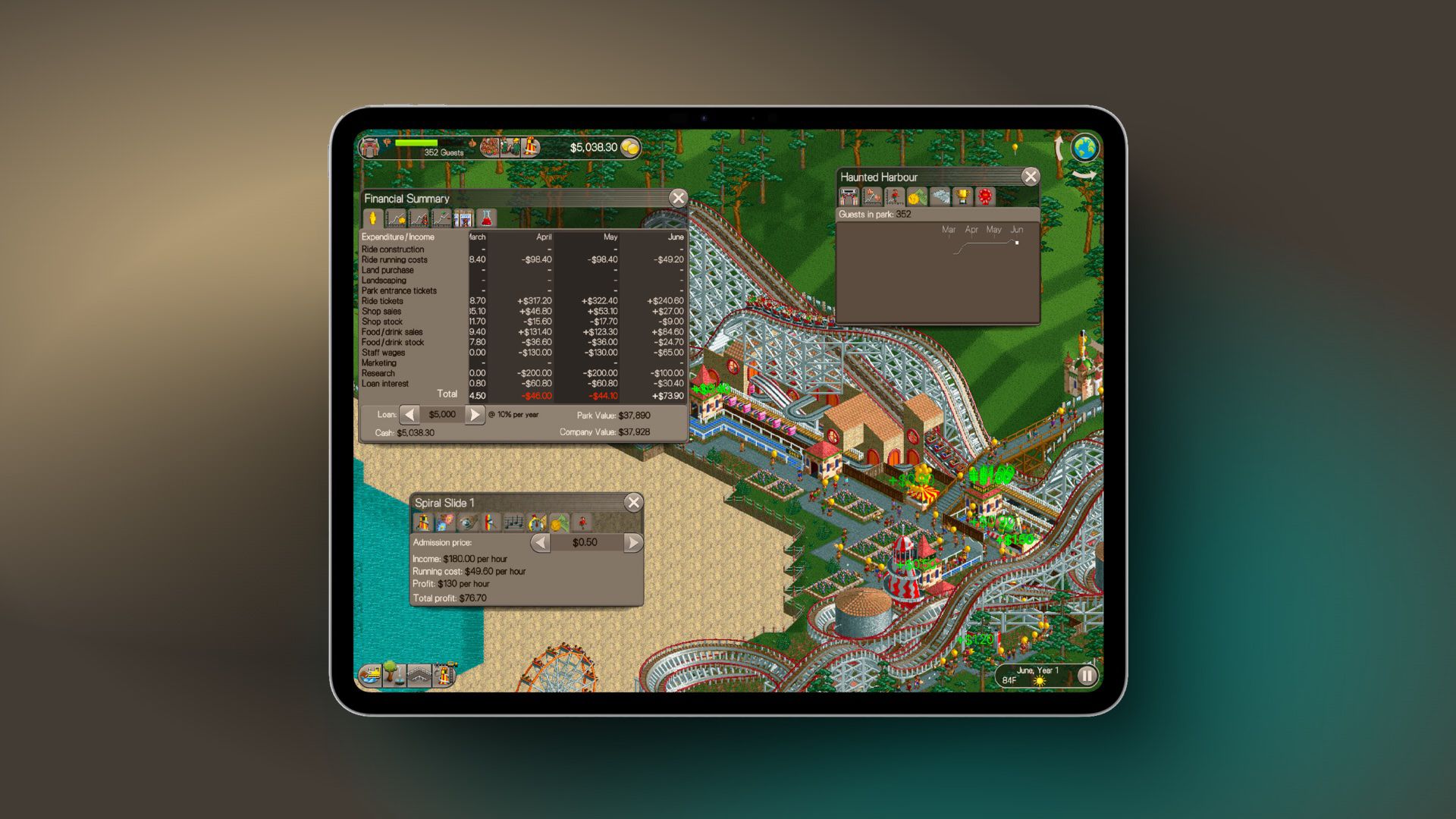
























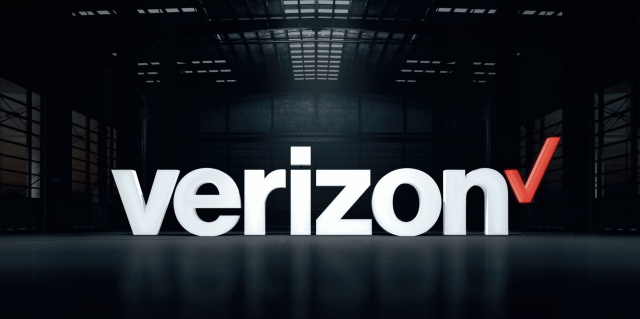








![Apple Releases macOS Sequoia 15.5 Beta to Developers [Download]](https://www.iclarified.com/images/news/96915/96915/96915-640.jpg)
![Amazon Makes Last-Minute Bid for TikTok [Report]](https://www.iclarified.com/images/news/96917/96917/96917-640.jpg)
![Apple Releases iOS 18.5 Beta and iPadOS 18.5 Beta [Download]](https://www.iclarified.com/images/news/96907/96907/96907-640.jpg)
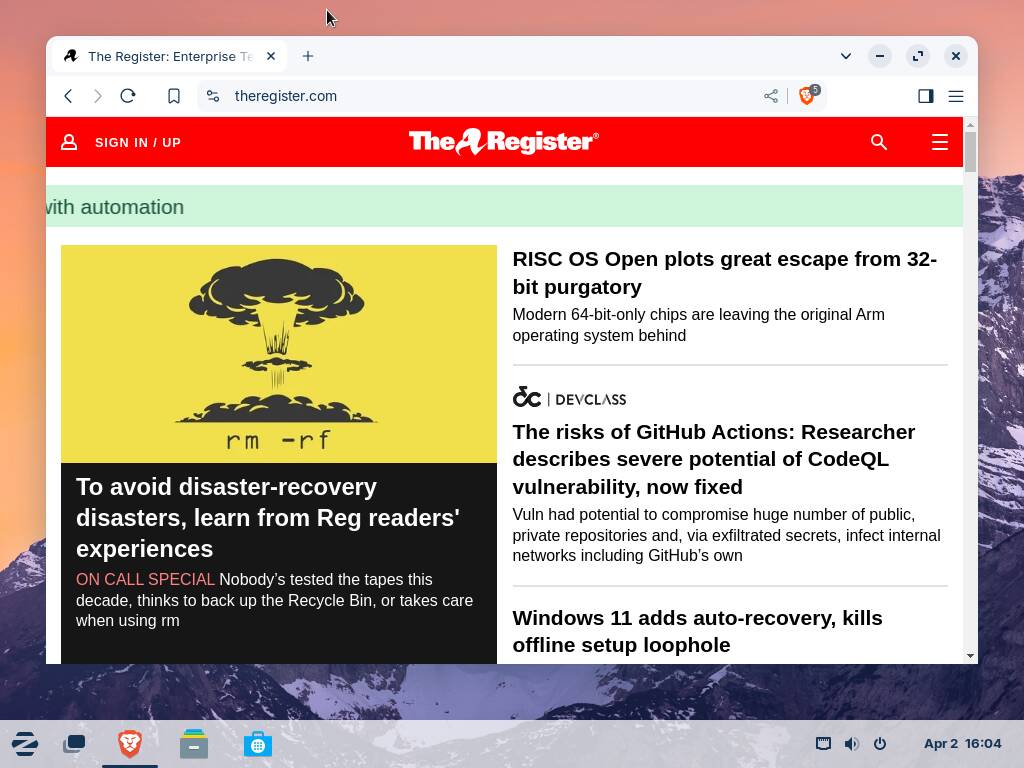

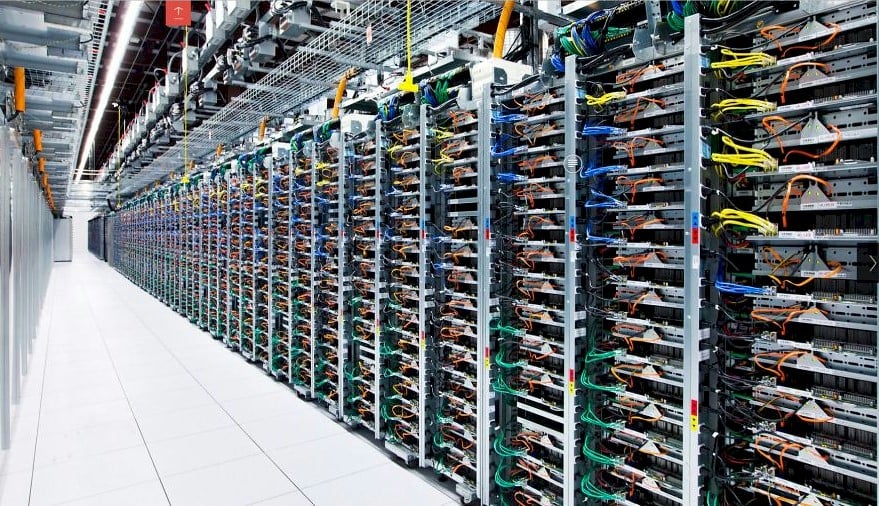

















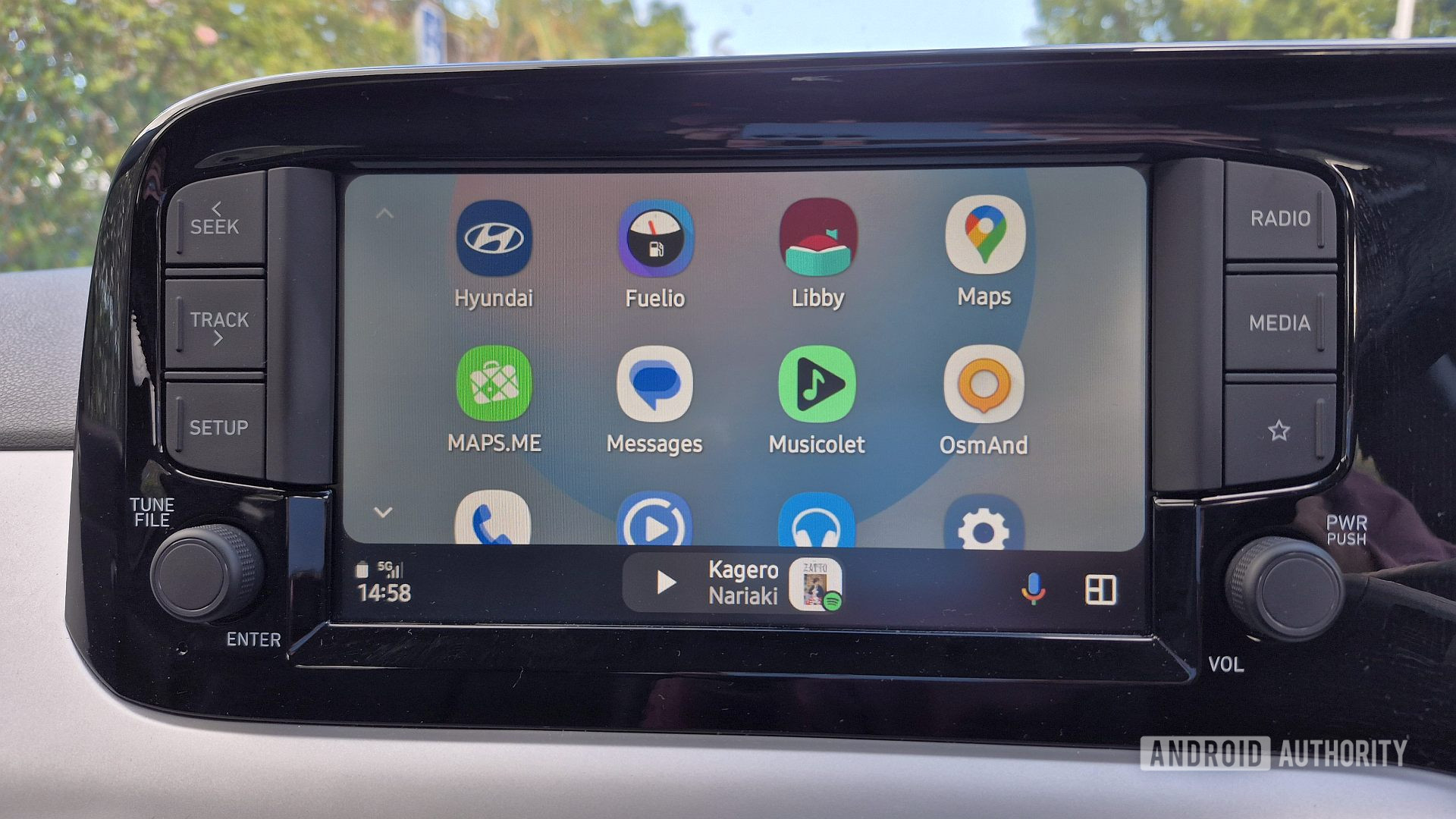
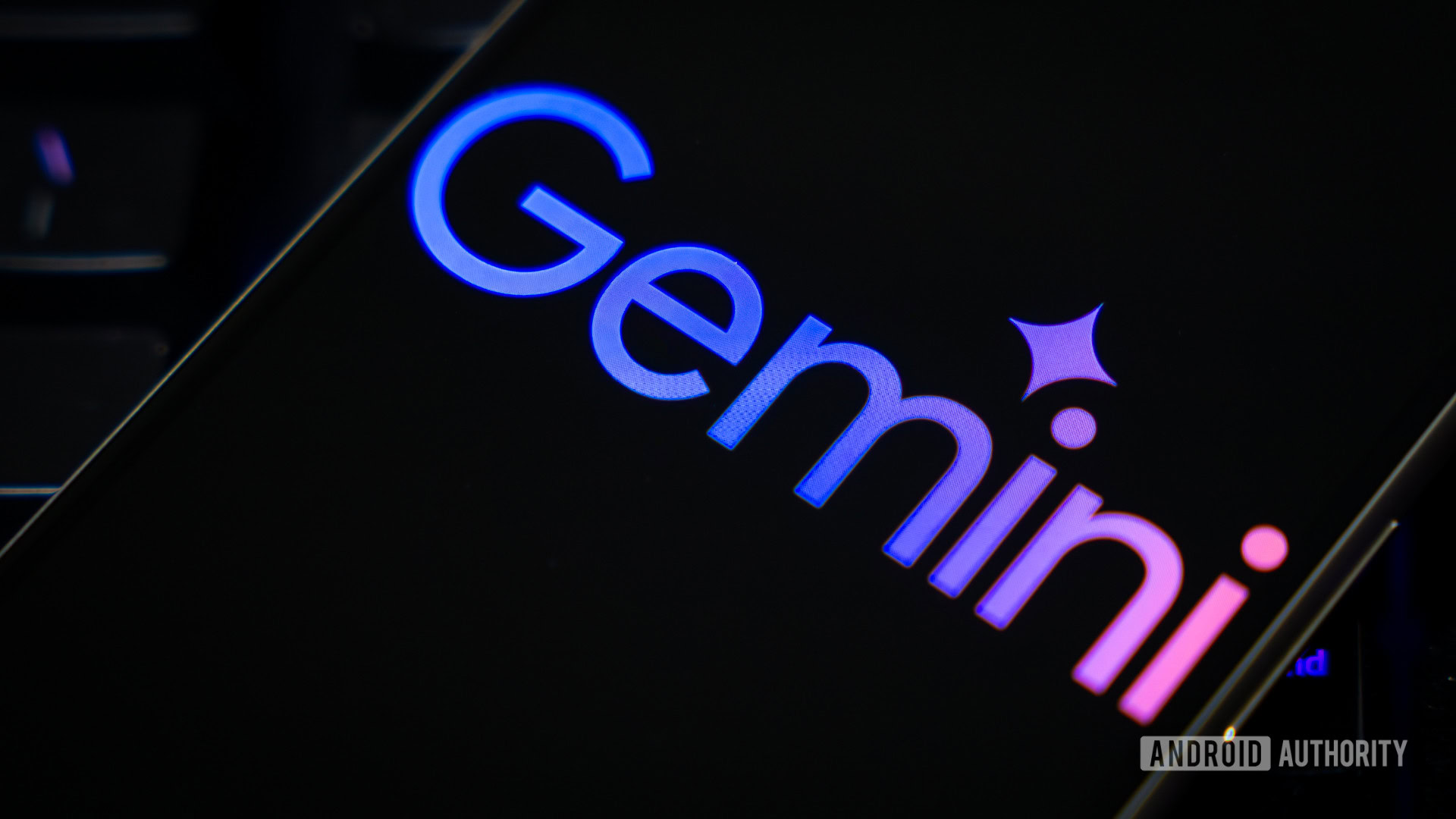









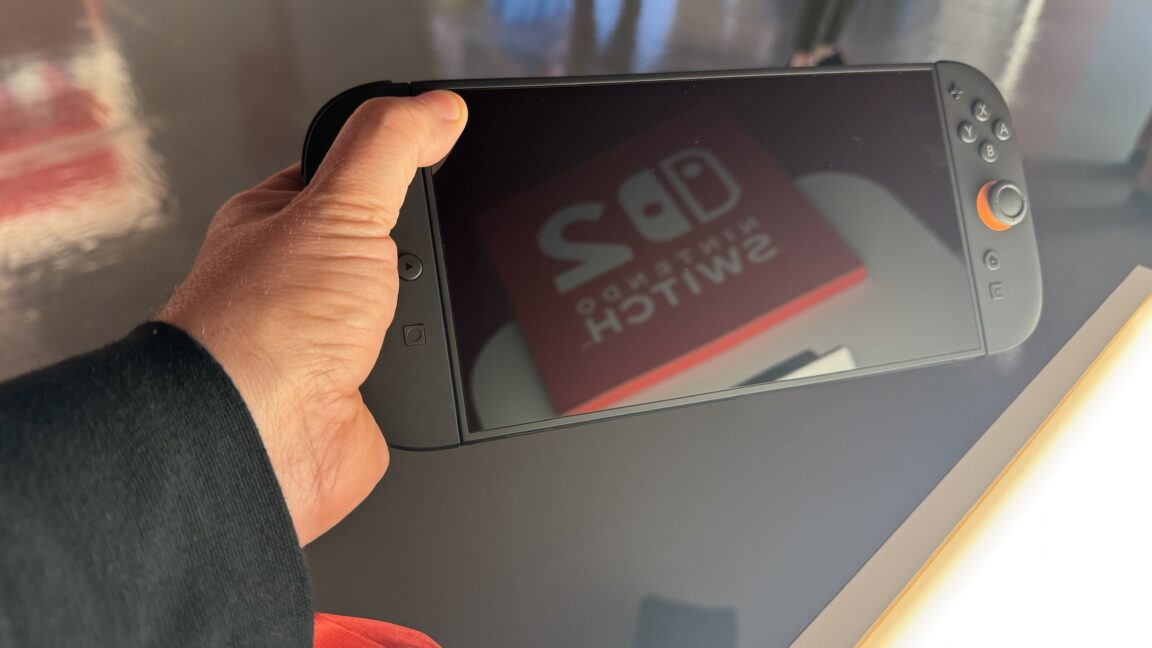


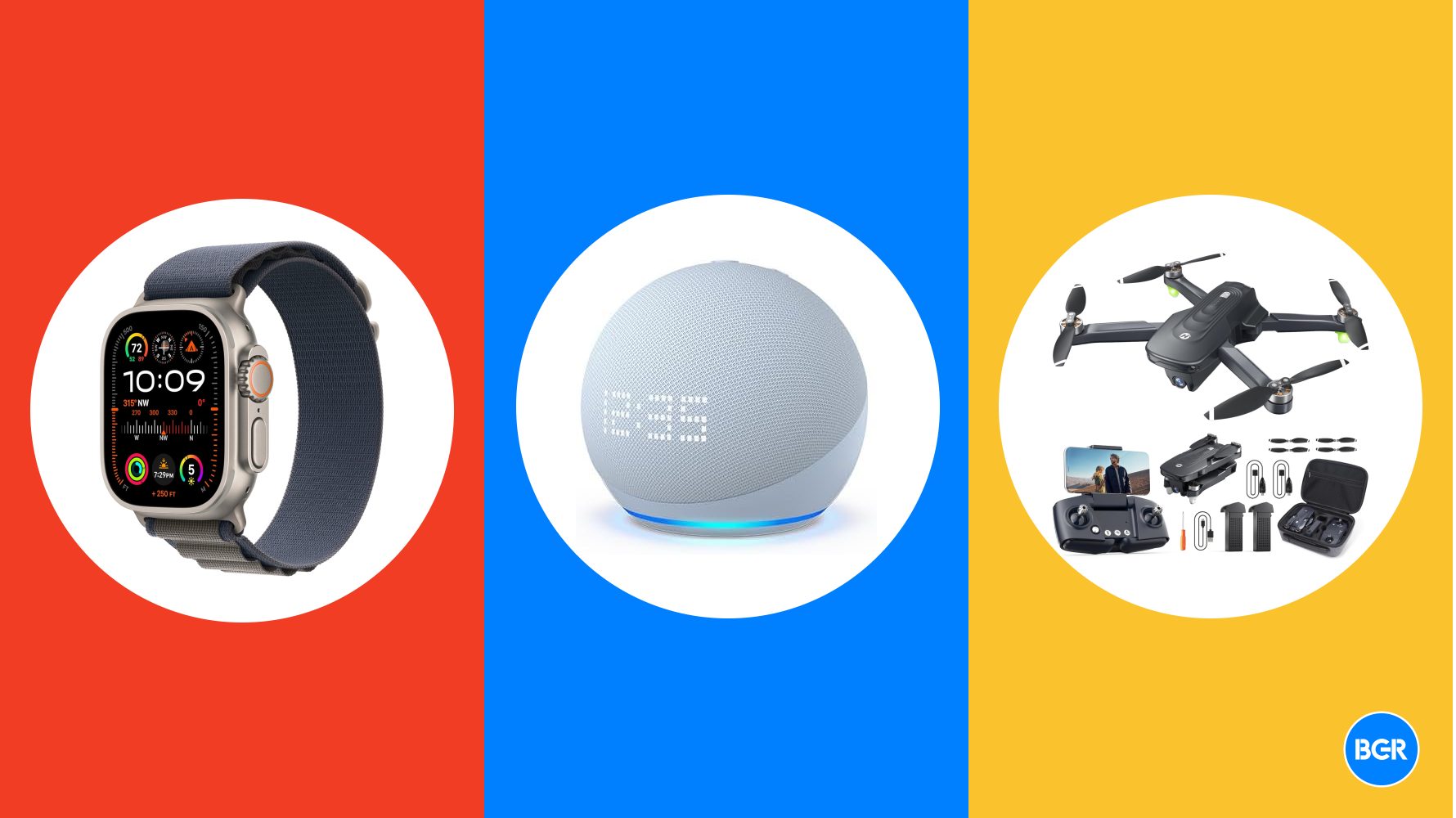

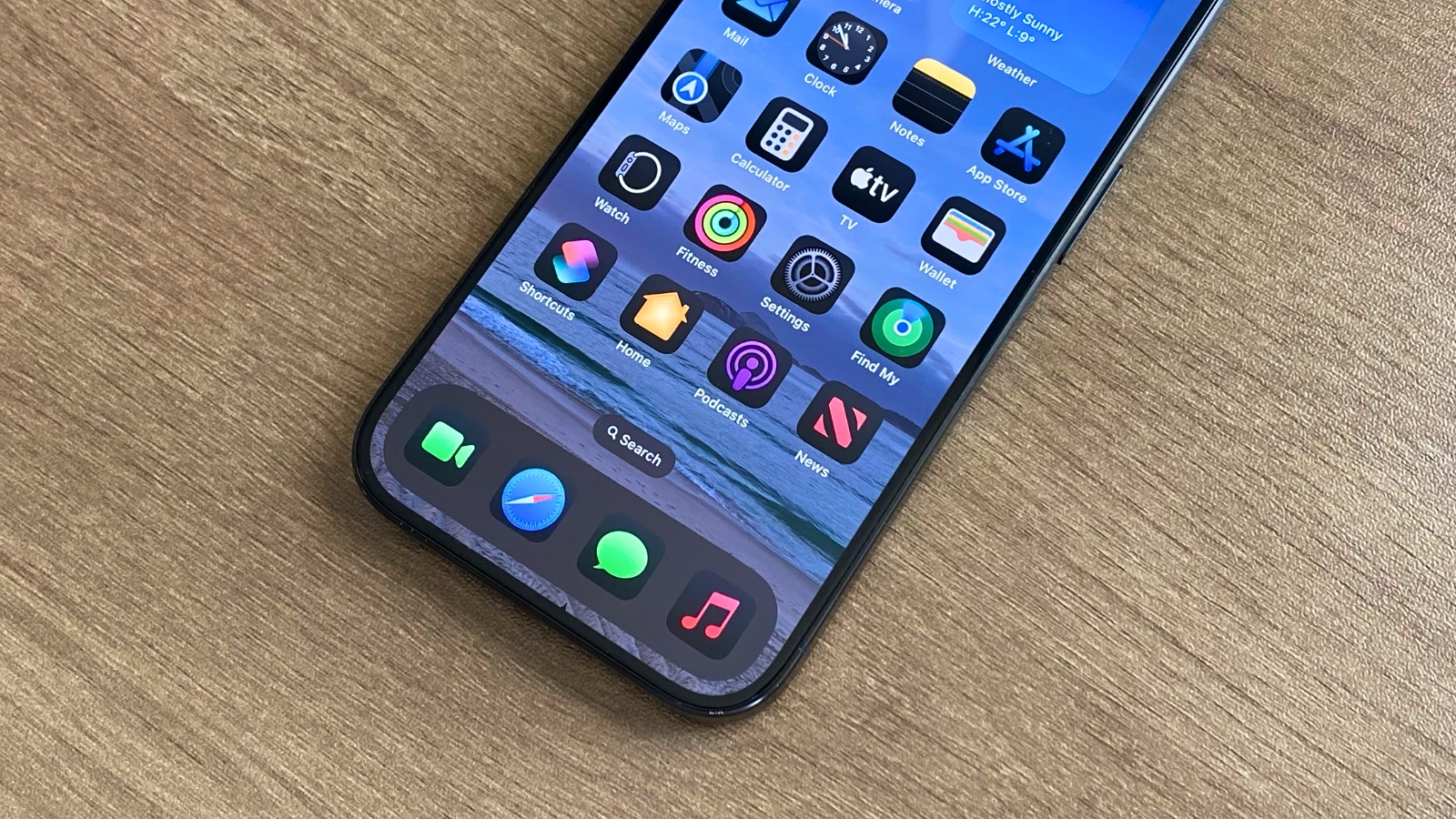




















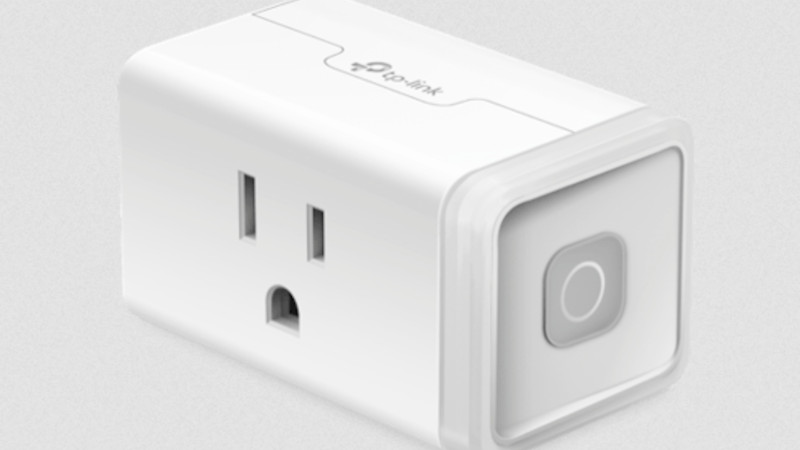




















































.jpg?#)












































































![[The AI Show Episode 142]: ChatGPT’s New Image Generator, Studio Ghibli Craze and Backlash, Gemini 2.5, OpenAI Academy, 4o Updates, Vibe Marketing & xAI Acquires X](https://www.marketingaiinstitute.com/hubfs/ep%20142%20cover.png)
























































































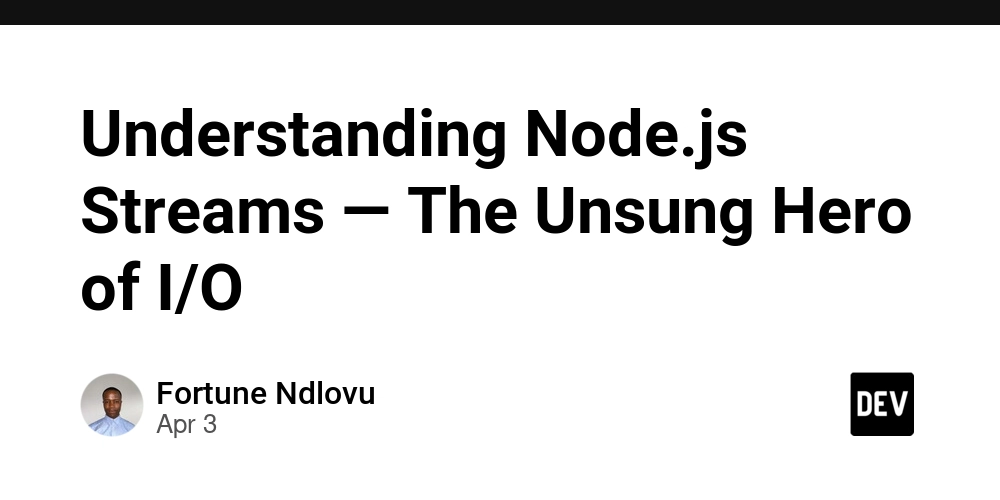


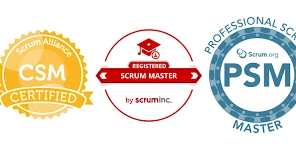




















![Is this a suitable approach to architect a flutter app? [closed]](https://i.sstatic.net/4hMHGb1L.png)




















![[DEALS] Microsoft Office Professional 2021 for Windows: Lifetime License (75% off) & Other Deals Up To 98% Off – Offers End Soon!](https://www.javacodegeeks.com/wp-content/uploads/2012/12/jcg-logo.jpg)



























-Nintendo-Switch-2-–-Overview-trailer-00-00-32-(1)_HCqcxO1.png?width=1920&height=1920&fit=bounds&quality=80&format=jpg&auto=webp#)




























































